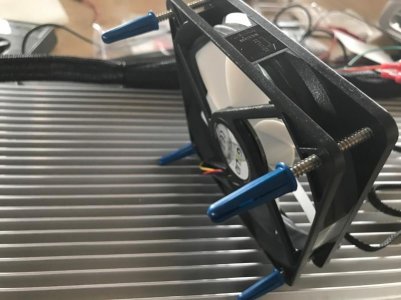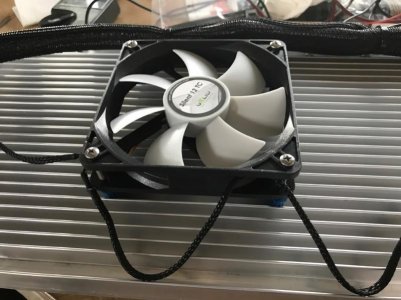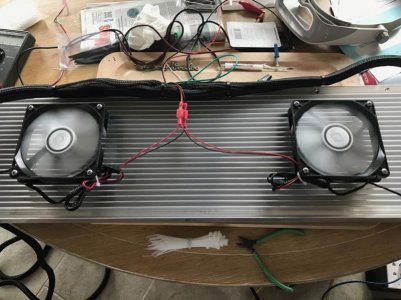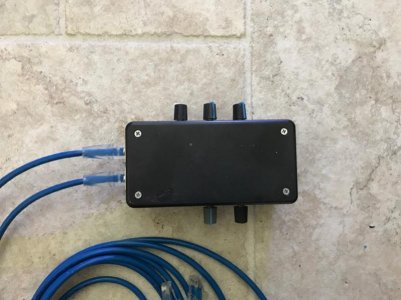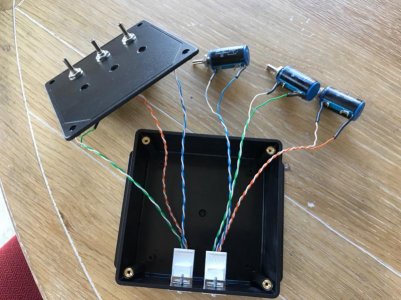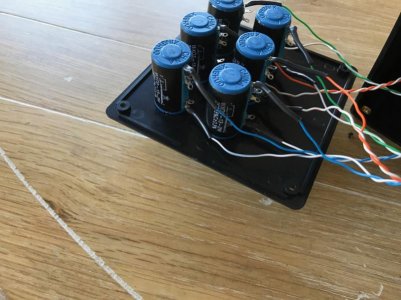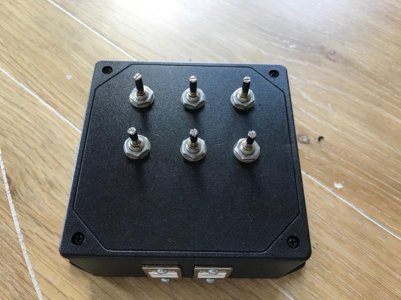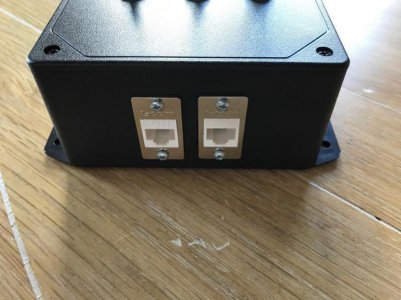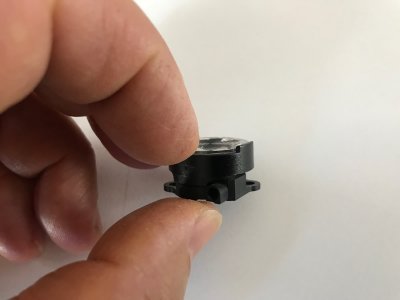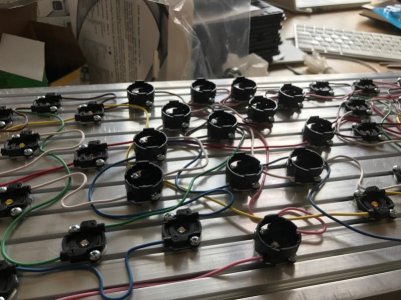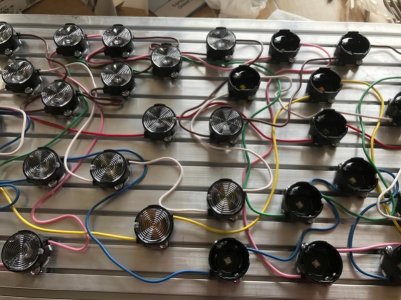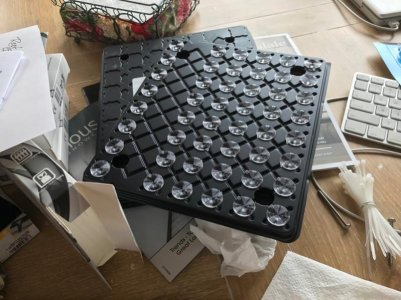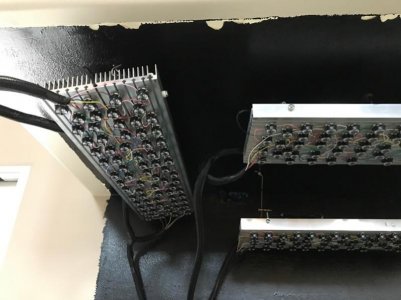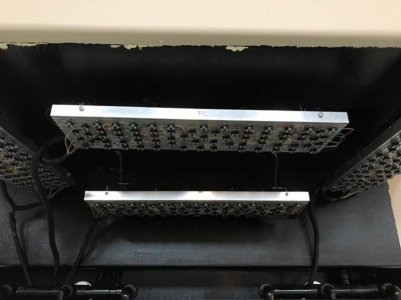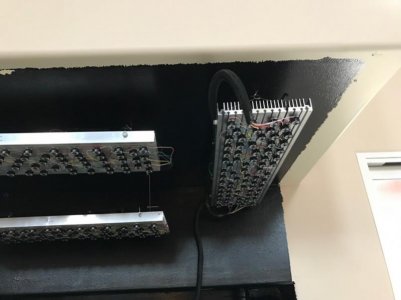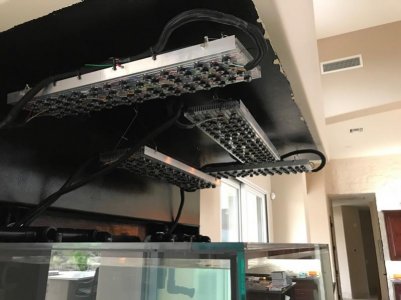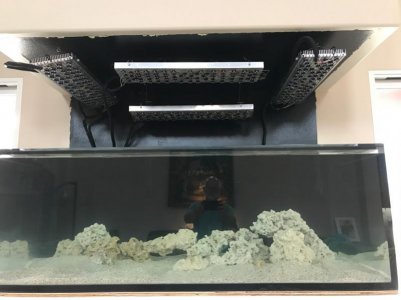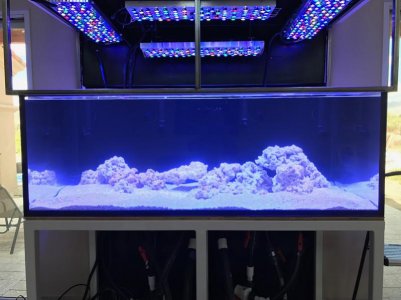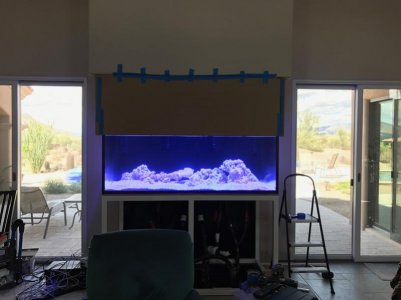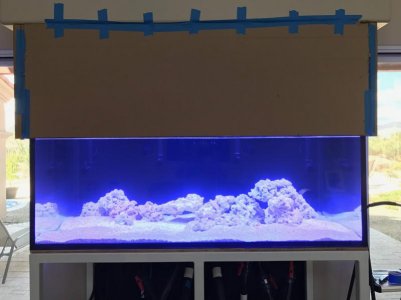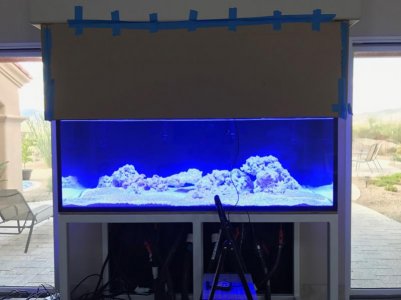Adding The Fans
Adding The Fans
When it comes to quiet fans the Gelid fans can't be beat. You can't hear them running. In addition, I get the temperature controlled fans. These fans when 12Vdc is applied will spin at a slower rate, once the temperature of the heatsink increases the temp probe on the fan will sense the heat increase and spin the fan at a faster rate. As the heatsink cools down, for example during the night ramp down, the fan will slow down again.
I've always thought about what is the best way to attach the fans to the heatsinks. In the past, I would drill holes through the heatsink and run bolts to hold them in place. This time, I came up with a new idea. Drywall anchors, yep simple and easy, no drilling required. You need the type that have 4 sides to them. The local big box hardware stores didn't have what I needed. I had a couple of them and I used my magnify glasses to read the part number and Amazon to the rescue.
You need the 4 sided drywall anchor because as the anchor expands it needs to expand in all directions. The 2 sided anchors will twist and not lock into the heatsink fins. With the screws tightened down I can actually lift the fan and the heatsink comes up with it. The heatsinks weigh at least 20lbs.
When I run my 12Vdc wires to power the fans, I have the parts and tool to make the connectors that connect to the power connector on the fan. This way when a fan needs replacing in the future, it is an easy swap. No crimp connectors or soldering required, did I mention I hate soldering lol.
So there you have it a simple and effective way to connect your fans to your heatsinks.

